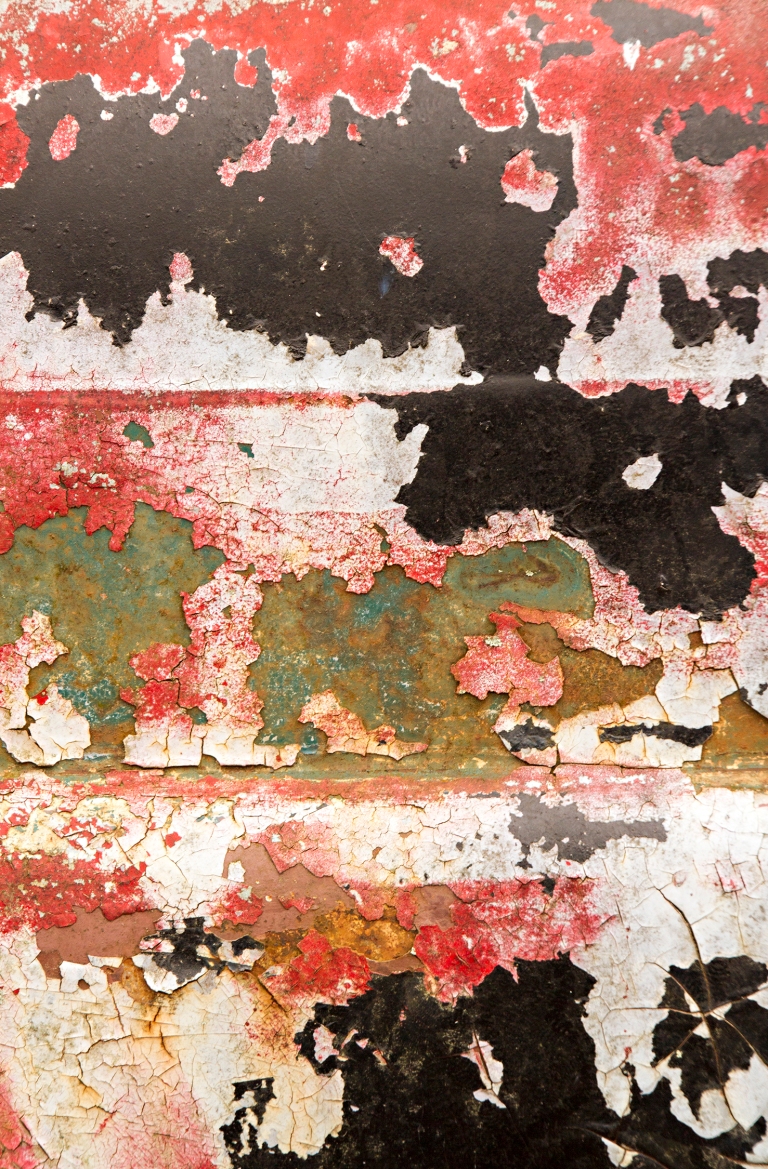Why do people refer to old horses as “Old Paint”? Being the naturally inquisitive fellow that I am, I tried to find an answer on the web. About all I could come up with is that “Paint” was one of three names that Tonto’s horse (from the Lone Ranger TV series) was called. The other names were “Scout” (the most common) and “White Feller”.
“Paint horses” have been around as long as horses have been with us. The Paint horse has been popularized over the years on TV and through other media. They have large patches of color splattered around their body. In fact, the Paint horse was a type of horse identified by the patterns and colors on their coat before they were designated as a breed. Paint horse markings can be “loud” (very noticeable) or they can be subtle.
A Paint horse carries a base horse coat color, such as bay, and then has other coat colors that are in irregular patterns over it. These markings can be white, brown, black or any other coat color, as long as they contrast with the base coat color. Markings can be as small as 6 inches, or as large as nearly the entire body. Paint horses often have one or two blue eyes when the white markings cross their face.
What does all that have to do with today’s photo? Absolutely nothing. But I had to have something interesting to say about the title and about showing more “old paint” close-ups from Old Car City!
ON THIS DAY IN HISTORY: in 1946, an undersea earthquake off the Alaskan coast triggered a massive tsunami killing 159 Hawaiians.
In the middle of the night, 13,000 feet beneath the ocean surface, a 7.4-magnitude tremor was recorded in the North Pacific. (The nearest land was Unimak Island, part of the Aleutian chain.) Unimak Island was hit by the tsunami shortly after the quake. An enormous wave estimated at nearly 100 feet high crashed onto the shore. A lighthouse located 30 feet above sea level, where five people lived, was smashed to pieces by the wave; all five were killed instantly. Meanwhile, the wave was heading toward the southern Pacific at 500 miles per hour.
In Hawaii, 2,400 miles south of the quake’s epicenter, Captain Wickland of the United States Navy was the first to spot the coming wave at about 7 a.m., four-and-a-half hours after the quake. His position on the bridge of a ship, 46 feet above sea level, put him at eye level with a “monster wave” that he described as two miles long.
As the first wave came in and receded, the water in Hawaii’s Hilo Bay seemed to disappear. Boats were left on the sea floor next to flopping fish. Then, the massive tsunami struck. In the city of Hilo, a 32-foot wave devastated the town, completely destroying almost a third of the city. The bridge crossing the Wailuku River was picked up by the wave and pushed 300 feet away. In Hilo, 96 people lost their lives.
On other parts of the island of Hawaii, waves reached as high as 60 feet. A schoolhouse in Laupahoehoe was crushed by the tsunami, killing the teacher and 25 students inside. The massive wave was seen as far away as Chile, where, 18 hours after the quake near Alaska, unusually large waves crashed ashore. There were no casualties.
This tsunami prompted the U.S. to establish the Seismic SeaWave Warning System two years later. The system, now known as the Pacific Tsunami Warning System, uses undersea buoys throughout the ocean, in combination with seismic-activity detectors, to find possible killer waves. The warning system was used for the first time on November 4, 1952. That day, an evacuation was successfully carried out, but the expected wave never materialized.
TRIVIA FOR TODAY: The pursuit to become more attractive is a $160 billion-a-year global industry that includes weight-loss programs, cosmetics, skin and hair care, perfumes, cosmetic surgery, health clubs, and hormone injections. Americans spend more money per year on beauty enhancements than they do on education.

“Americans spend more money per year on beauty enhancements than they do on education”
facepalm.
LikeLike